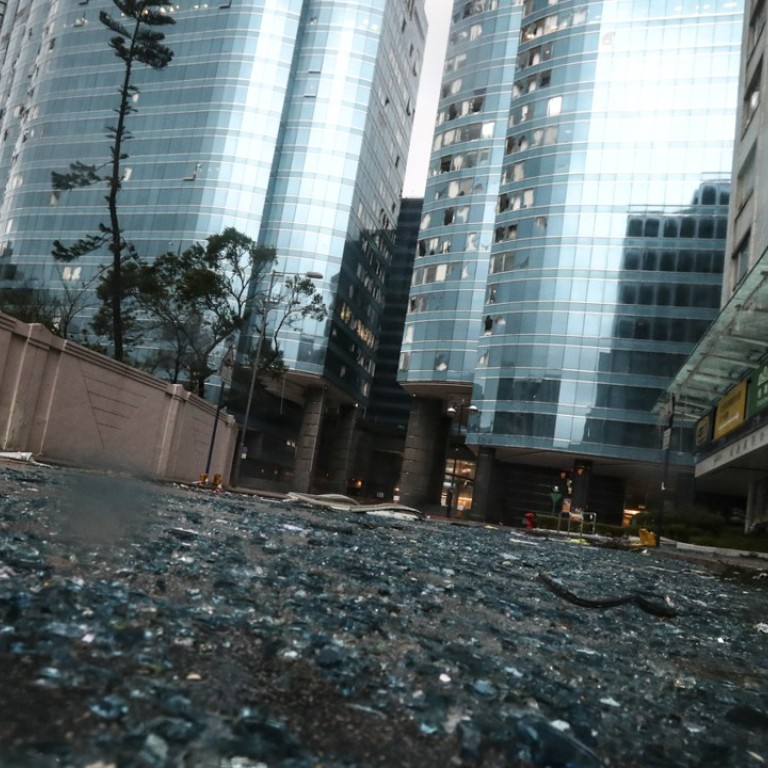
How Typhoon Mangkhut and a stock market crash are connected
Richard Harris recounts the weekend just past. The information overload, panic, calm, storm and blame game: was Hong Kong hit by a super typhoon or a market crash?
As a young teenager 50 years ago, I had a cardboard chart of the South China Sea – bounded by the Philippine and Vietnamese coasts. By listening to RTHK’s weather reports at the half-hour and at two minutes to, I followed the typhoon tracks using red pins. It was all we had to prepare.
Every storm, like every stock market event, is similar but different. Last year’s Typhoon Hato was a No 10 causing significant damage to the Sea Ranch Pier on Lantau. A typhoon should not be expected to add much to the previous damage – yet Mangkhut was that much worse. The 250km/h winds were about 60 per cent stronger than those associated with Hurricane Florence, which lashed the East Coast of the US last week.
The emotional impact of having too much data is mirrored in the stock markets. Markets will panic and overshoot early. Pictures of empty supermarket shelves were circulated as those who were overly worried rushed out to buy supplies. From the time the No 3 signal went up at 4.20pm on Saturday, to when it was lowered at 2.40pm on Monday, it was difficult for people to shop. Rather than stocking up, it was an opportunity to clear the fridge!

Social media lit up with messages detailing exactly when which signals were going to go up – something even the Observatory was not likely to know. It was fake news, always seemingly from the wife of a Cathay pilot. News, of typhoons or markets, must be reality-tested. Typhoon data comes from the Observatory; market news comes from known public sources.
Having been warned since Friday, most were prepared for Mangkhut on Saturday and by the time the No 3 signal was raised in the afternoon, there was an air of complacency. A cricket match was played at the cricket club. I climbed up Jardine’s Lookout at dusk, seven hours before the No 8. The harbour was becalmed; all shipping was crammed into the packed public typhoon shelters. The Chinese military shelter at Stonecutters Island was empty and the boats of the Yacht Club wealthy were sitting at their moorings as neatly as normal.
Watch: Typhoon Mangkhut brings transport chaos to Hong Kong
In the 10 hours the No 10 was up, it didn’t matter whether you were rich or poor, highly educated or not, in the private or public sector or the military – the weather humbles us all. The feeling of helplessness and panic was not unlike holding investments as a fund manager in a crash and wishing you had paid more attention to the forecasts. There really is nothing you can do in the eye of a storm, or when the market craters.
We owe a big shout-out to the Observatory for using the signals accurately (yes it was a weekend), to the emergency services, and to many unsung heroes, including the cleaning crews, and my friends at RTHK who commuted under the worst conditions to bring us the news.
In a typhoon, as in a stock market crash, the emotions of worry, complacency, panic and blame remain strong. Some will soon forget, but forewarned is forearmed.
Richard Harris is chief executive of Port Shelter Investment and a veteran investment manager, banker, writer, broadcaster and financial expert witness

